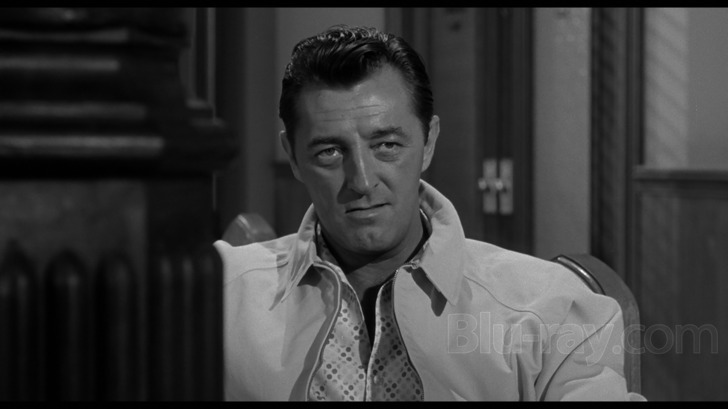Cape Fear is a psychological Thriller directed by J.Lee Thompson which was released on April 12th, 1962. The film was shot in the American state of California using the outdoor areas and Univeral Studios in Universal City.
The film is set in an urban American state where there is a sign of wealth and a busy working environment. Therre are lots of high rise buildings and palm trees which help to establish the setting and environment.

The film begins with a series of establishing shots in order to show the mise-en-scene which sets the scene of the film. The establishing shots also follow the male antagonist which creates the impression that the film is based around the male characters.
In the opening of the film males;in particular, the antagonist which is shown, are represented as having high authortiy and arrogance. The high angle shot on the stairs shows this by making it looklike the male character is looking down at the female character. This is then followed by the juxstaposed shot of a low angle, which represents how women feel in a male dominated environment.
The panning shots that are also used give the audience and insight into what the character is seeing and who he is in a room with. This is also established through a P.O.V shot, however, in the court scene for example, the panning shots cover a wider area of the room to ensure the majority of the characters in the scene can be seen in the one shot.The panning shot also continues to follow the antagonist as the etsbalishing shots did at the very beggining of the film.
The sound during the opening of the film subverts the traditional conventions of a thriller film. This is due to the sound being contrapuntal as even though the non-digetic stringed instruments can be heared,it is quite a cheerful tune to open a film of the thriller genre.

As the film opening progresses the non-digetic music increased speed resulting in a build of tension, this is more typical of what you would expect in a thriller film, therefore, the sound doesn't continue to subvert the conventions. However, the sound is still contarpuntal as the high pitched, tense stringed instruments don't match the action on the screen. This happens when the antagonist enters the court room. The tense music could foreshadow possible danger that happens in the court but in the present time it is contrapuntal.
There are a few digetic sounds that can be heared in the opening of the film such as, people talking and the cars passing by, this adds to the image that the area is quite a busy place and there is a lot going on. Digetic sound of people talking and moving about is also heared in the court scene.This adds to the realism of the film.
Continuity editing is very fluent in the opening to this film. Time flows uninterrupted and there is a persistant flow which follows the mian antagonist from outside on the streetrs into the court building. There are not really any quick cut edits so therefore, the editing is calm and well paced. This creates a feeling of verisimilitude.
Overall, Cape Fear intrigues the audience from the very start of the film due to subverting some of the traditonal conventions in terms of thriller music and editing. Also, the use of establishing shots that follow the antagonist draw the audience in and make them interested in the character shown.














